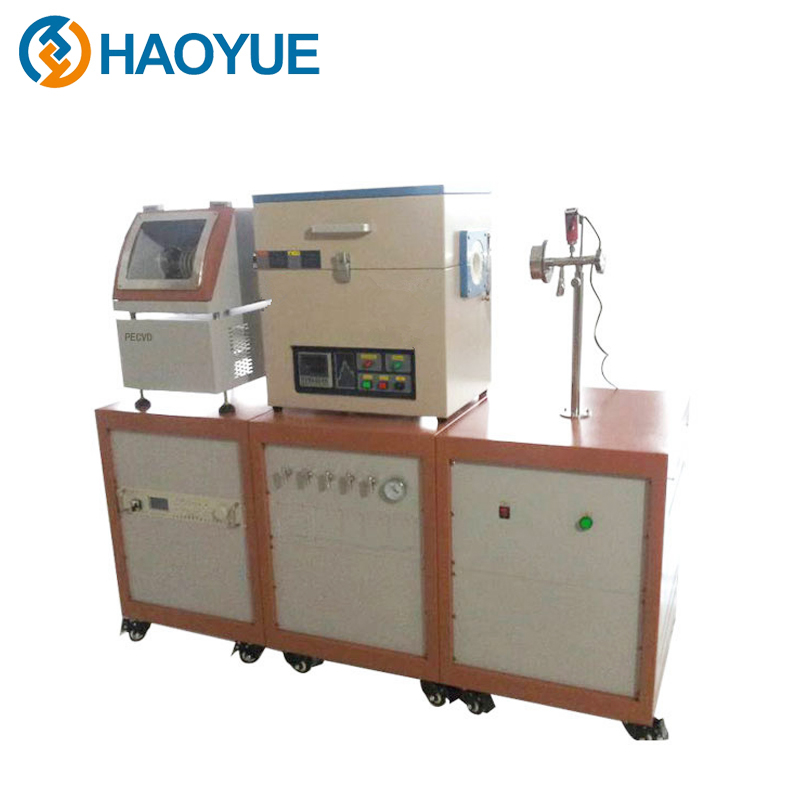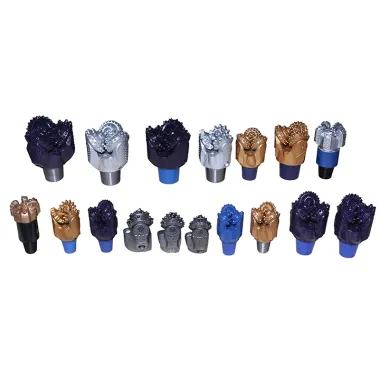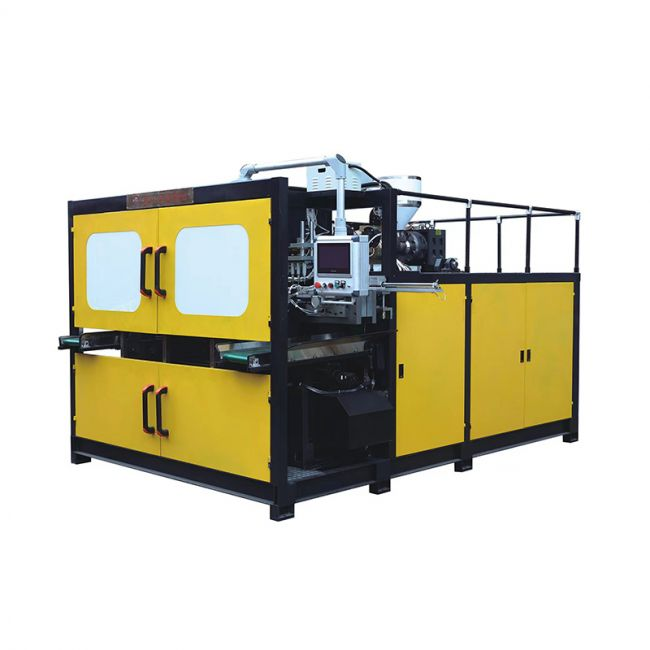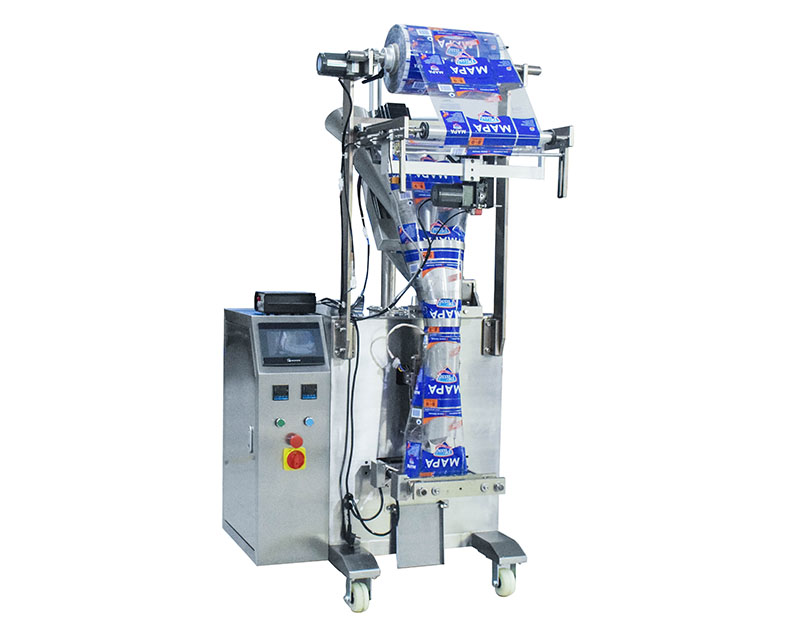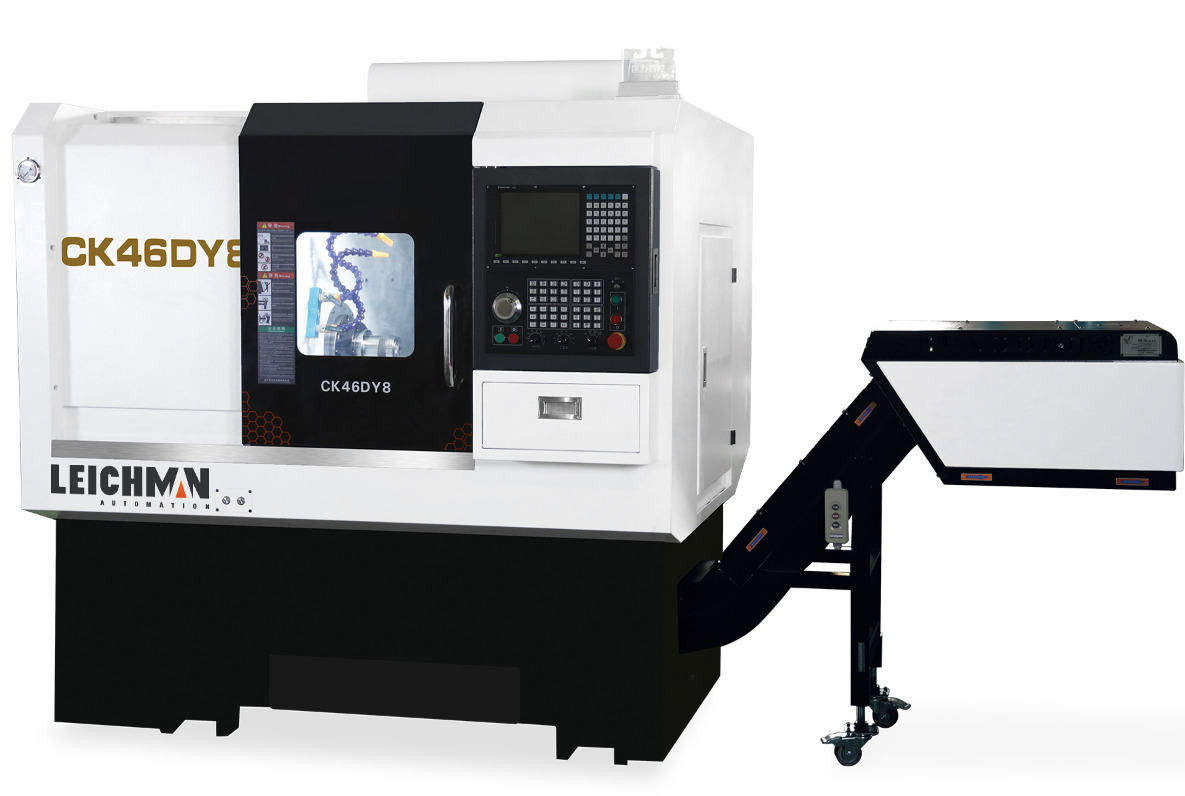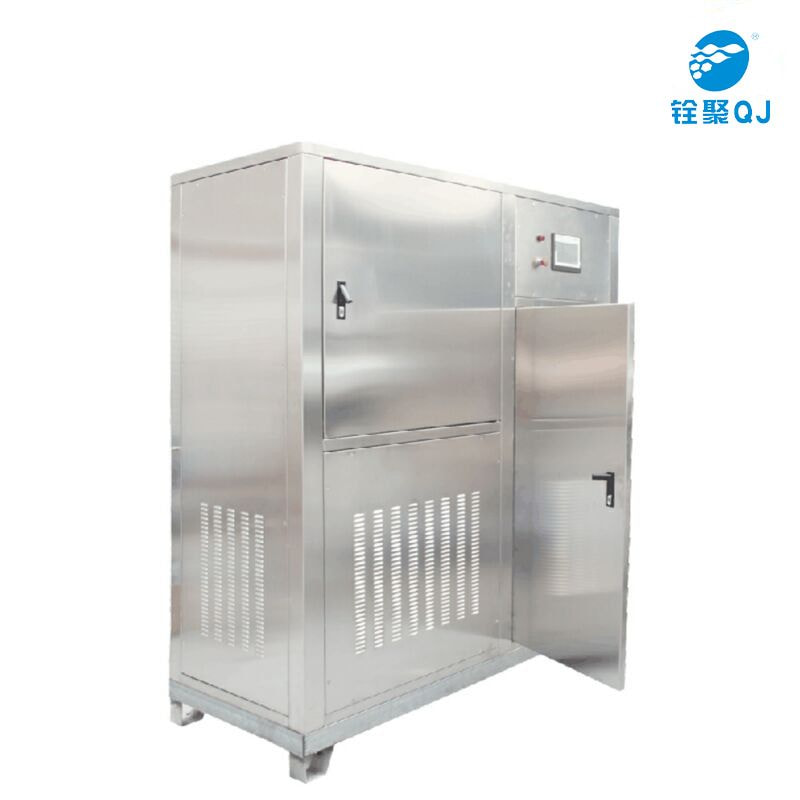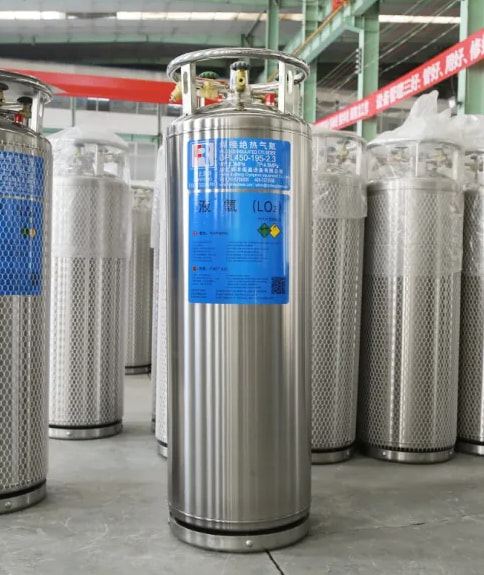How Do I Choose a Conveyor Roller?
Have you ever stood in a bustling airport, watching your luggage glide effortlessly on those moving walkways? Or maybe you've marveled at packages zipping along conveyor belts at a delivery center, like a scene from a futuristic movie. These scenarios, though mundane, rely on a vital component: conveyor rollers. They're everywhere, from factories to distribution centers, making the world move. But have you ever wondered how to choose the right conveyor roller for your needs? In this guide, we'll break down the process into simple, actionable steps, without any jargon or fuss.
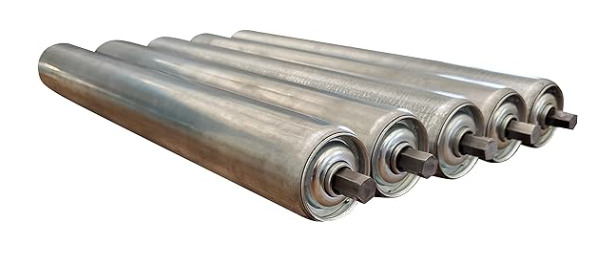
1. Assess Your Load and Dimensions
The first step in choosing a conveyor roller is understanding what you're moving. Is it lightweight boxes or hefty industrial materials? Measure the size, weight, and shape of your items. These basic details lay the foundation for your roller selection.
2. Determine Load Capacity
Now that you know your load, it's time to match it with a roller that can handle the weight. Conveyor rollers come in various load capacities. It's like choosing a car that can comfortably carry your family and luggage. Don't overload or underload; find the perfect fit.
3. Consider Roller Diameter
The size of the roller matters. Smaller rollers work well for lighter loads, while larger ones handle heavier items with ease. It's akin to choosing the right wheels for your skateboard—each size has its purpose.
4. Frame Style Matters
The frame style of your conveyor roller affects its stability and assembly. Think of it as the foundation of a house; it needs to be sturdy and reliable. Consider factors like ease of installation, durability, and space availability.
5. Choose Conveyor Length
Are you working in a small workshop or a sprawling warehouse? Conveyor roller sections come in 5' and 10' lengths. Think of it as selecting the right-sized rug for your living room. Measure your space and select the appropriate length.
See also:What is a Drilling Rig and Why is it Used?
Understanding the Chill: Exploring the Difference Between AC and Chiller Systems
What cooling tower parts do you know?
Prolonging Pump Life: When and How to Replace Slurry Pump Parts
Pipe Rotators That Will Make Your Life Easier
Harnessing the Power of Cleanliness: The 55W UV Sterilizer
How Vertical Pressure Steam Sterilizers Keep Healthcare Safe
6. Explore Curve Options
Sometimes, materials need to change direction smoothly. For such cases, conveyor rollers with 45 and 90-degree curves are available. They're like the ramps in a skatepark, facilitating transitions without bumps.
7. Permanent or Temporary Setup
Decide whether your conveyor system needs to be a permanent fixture or a temporary setup. It's like choosing between a permanent home and a vacation rental. Some roller models are designed for easy disassembly, making them suitable for short-term projects.
Conclusion: Your Smooth Journey Begins with the Right Roller
In the world of conveyor rollers, the key to a smooth and efficient journey lies in choosing the right one. By assessing your load, considering load capacity, roller diameter, frame style, conveyor length, curve options, and setup needs, you can make an informed decision. Just like selecting the right tool for a job or the perfect outfit for an occasion, the right conveyor roller ensures your materials move seamlessly, enhancing productivity and efficiency.
Ready to Roll?
Now that you've armed yourself with the knowledge of choosing the ideal conveyor roller, it's time to take action. Start by evaluating your specific requirements and comparing them with the options available. Whether you're streamlining your production line, enhancing your warehouse operations, or embarking on a temporary project, the right conveyor roller is your ticket to smooth material handling.
So, go ahead, explore the options, make an informed choice, and witness the difference a well-selected conveyor roller can make in your daily operations. Your journey toward efficiency and productivity begins today!
Remember: The Right Roller is the First Step to a Smooth Ride!
Choosing the Perfect MMA Welding Machine
Why Your Warehouse Needs a Rotary Arm Pallet Wrapping Machine
Demystifying the Cone Crusher Machine: Your Guide to Understanding its Function and Benefits
What are the Benefits of Electrical Actuators?
What is the meaning of ISO tank container?
Universal Joint: Definition, Working Principle, Applications, Advantages, Disadvantages
How Can DTH Drilling Rig Save Money On Fuel Consumption?



